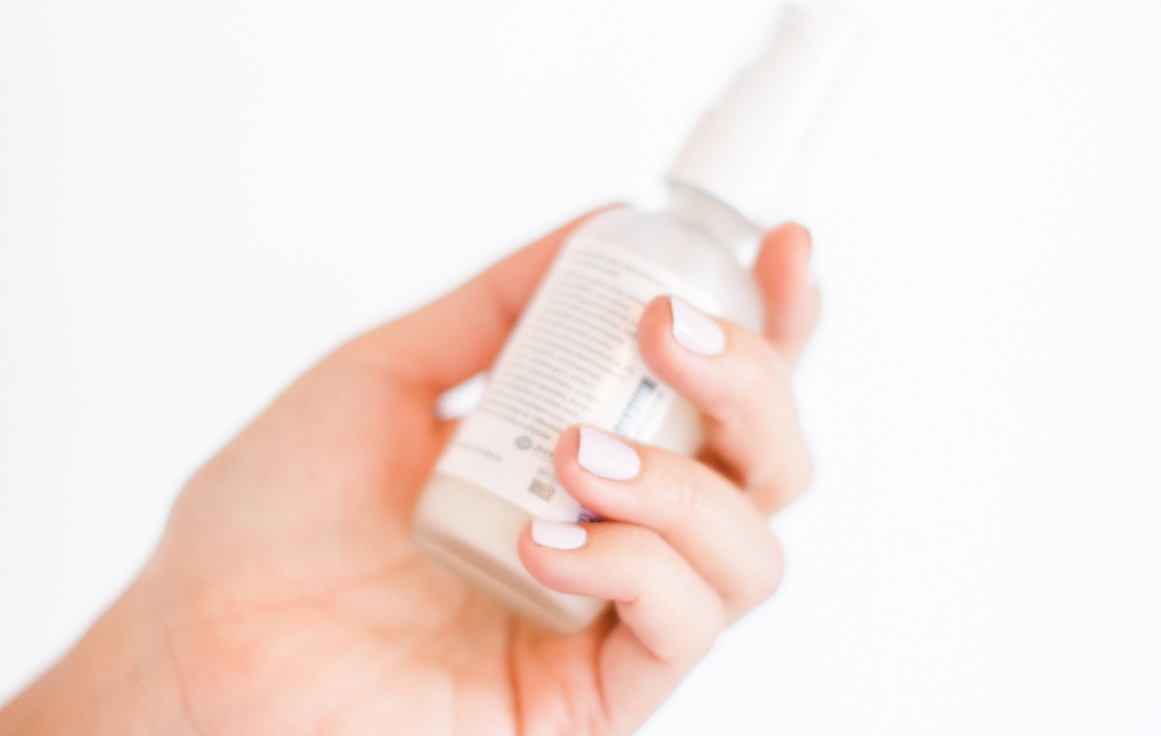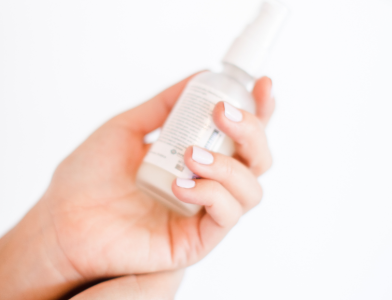If you’re committed to raising your child in a low-toxin environment, you may feel overwhelmed by conflicting advice and confusing product labels. As a toxicologist with over two decades of experience, I want to empower you with clear, actionable steps to reduce your child’s exposure to harmful chemicals starting with the products you use every day. Let’s break down the hidden risks in common baby items and how you can choose safer, healthier options for your family.
The Real Problem: Cumulative Chemical Exposure in Baby Products
Even products labeled as “gentle” or “designed for babies” can contain hormone disruptors, carcinogens, and allergens. No single exposure is likely to cause harm, but over time, especially during early development, these exposures add up. Scientific evidence now shows that these chemicals can even cause changes to DNA that affect future generations.
Reducing toxin exposure isn’t about perfection. It’s about making smarter choices where they matter most.
Baby Wipes: Why Fragrance Is a Major Red Flag
Most scented baby wipes, including popular brands like Pampers Clean and Calm and Huggies Natural Care, contain undisclosed fragrance compounds. These “fragrances” are a common hiding place for endocrine disrupting phthalates, carcinogens, and allergens. Because the diaper area is highly absorbent and delicate, the risk of chemical absorption is highest here.
- Phthalates are often not disclosed on labels, hidden under the word “fragrance.”
- Absorption in the diaper area is significant due to skin sensitivity and occlusion.
- Chemical exposures from wipes add up quickly, potentially thousands of exposures in the first year alone.
Safer alternatives include fragrance-free, plastic-free, and compostable wipes such as EcoBatty unscented wipes or Honest Brand Clean Conscious wipes. At home, simply using water and a clean cotton cloth or old cotton t-shirt works well especially for routine changes.
Shampoo and Body Wash: Don’t Trust the “Baby” Label
The term “baby” on product labels is a marketing tool, not an assurance of safety. Many baby shampoos contain the same irritants as adult formulas, including sodium lauryl sulfate (SLS), which can strip your child’s developing skin barrier and increase the risk of allergies, eczema, and toxic chemical absorption.
- Avoid harsh sulfates and undisclosed “fragrance” in washes and shampoos.
- Earth Mama Unscented Baby Wash and Pipette Fragrance-Free Baby Wash are safer options often available in stores.
Choose products with simple, plant-derived ingredients and stay vigilant: if you can’t easily pronounce or understand an ingredient, look it up before using it on your child.
Plastics in Toys, Teethers, and Bottles: Hidden Hormone Disruptors
Chewing on plastic teethers or drinking from polycarbonate bottles exposes babies to phthalates, BPA, and microplastics have all been linked to hormone disruption and developmental concerns. These chemicals are not tightly bound to plastics, allowing them to leach into your baby’s mouth or milk and even linger in house dust.
- Choose glass bottles with natural rubber nipples when possible.
- Pick unpainted wooden or 100% natural rubber teethers and toys.
- Medical-grade silicone is also a safer, if less eco-friendly, option.
If painted products are the only ones available, opt for those labeled non-toxic and verify with the manufacturer.
Understanding Your Baby’s Vulnerability
Babies are not mini-adults: their detox systems aren’t fully developed until around age ten. This means chemicals absorbed through their skin, mouth, or lungs have a greater impact and can even cause genetic changes passed to future generations.
Every step you take to minimize their exposure truly matters, even if change happens gradually.
Simple Framework for Safer Products Without Overwhelm
- If you can’t pronounce an ingredient, research it before use.
- Prioritize swaps for the products used most often: wipes, shampoos, lotions, and anything applied to the diaper area.
- Transition at your own pace and swap as you replenish, not all at once. Repurpose old cotton t-shirts as wipes, accept hand-me-downs, and watch for sales.
Do not dwell on previous exposures, as the most effective action is to make better choices moving forward. Each safer product you choose reduces risk, and your attention and care already set a positive path for your child’s health.
Dr. Yvonne Approved Kid’s Products
Empowering Yourself for the Future
Question labels, contact brands for full ingredient lists, and share what you’ve learned with other parents. You do not have to be perfect to protect your child — consistent, informed decisions are enough.
The products you choose today can impact health for generations to come. By paying attention and taking action, you’re making a lasting difference in your family’s wellness.
References
- Skinner MK, Manikkam M, Guerrero-Bosagna C. Epigenetic transgenerational actions of endocrine disruptors. Reprod Toxicol. 2011 Apr;31(3):337-43. doi: 10.1016/j.reprotox.2010.10.012. Epub 2010 Nov 3. PMID: 21055462; PMCID: PMC3068236.
- Brehm E, Flaws JA. Transgenerational Effects of Endocrine-Disrupting Chemicals on Male and Female Reproduction. Endocrinology. 2019 Jun 1;160(6):1421-1435. doi: 10.1210/en.2019-00034. PMID: 30998239; PMCID: PMC6525581.
- Xin F, Susiarjo M, Bartolomei MS. Multigenerational and transgenerational effects of endocrine disrupting chemicals: A role for altered epigenetic regulation? Semin Cell Dev Biol. 2015 Jul;43:66-75. doi: 10.1016/j.semcdb.2015.05.008. Epub 2015 May 28. PMID: 26026600; PMCID: PMC4662893.
- Skinner, M. Epigenetic transgenerational inheritance. Nat Rev Endocrinol 12, 68–70 (2016). https://doi.org/10.1038/nrendo.2015.206



